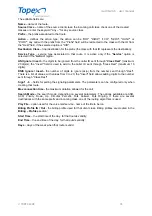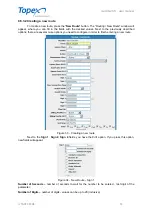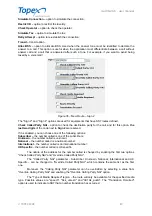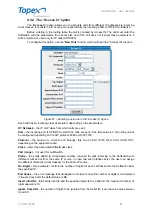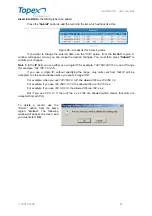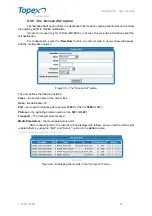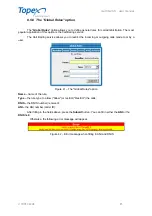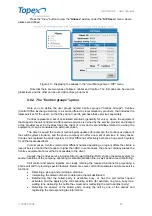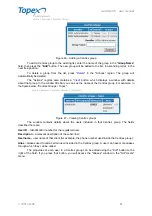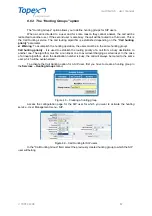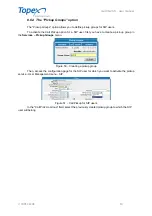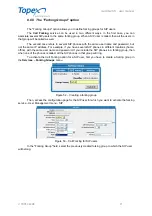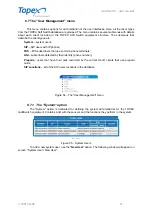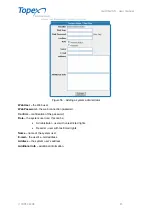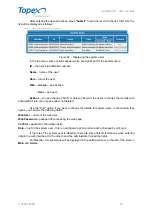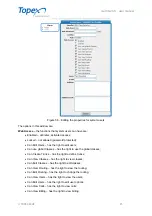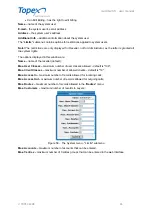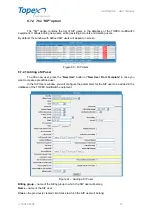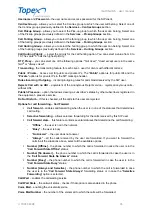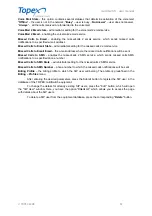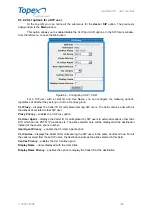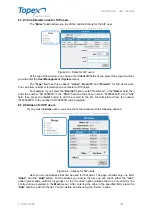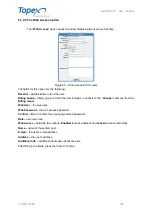
multiSwitch – user manual
© TOPEX 2008 87
Press the "
View
" button to view the "
Aliases
" window under the "
SIP Users
" menu, where
aliases are defined.
Figure 45 – Displaying the aliases in the "User Management – SIP" menu
Note that there are two types of aliases:
Global
and
Centrex
. The first alias can be used at
global level, and the other can be used at Centrex group level.
8.6.2 The "Centrex groups" option
Here you can define the user groups named Centrex groups ("Centrex Groups"). Centrex
(Central Office Exchange Service) is a service offered by local telephony providers, that includes the
latest services for the users, so that they do not need to purchase these services separately.
Centrex represents a set of specialized solutions (generally for voice), where the equipment
that supports the call control and offers various services is owned by the service provider and located
at the provider level. As Centrex frees the client of costs and responsibilities related to owning the
equipment, it can be considered an external solution.
The client is saved the costs of technological updates (for example, the continuous update of
the switch system structure), and the phone company can offer a new set of services. In many cases,
Centrex has replaced the switch system. Central Office has effectively become a huge switch system
for all the local subscribers.
In most cases, Centrex (sold under different names depending on region) offers the clients a
level of service control that it equal or higher than PBX. In some cases, the phone company places the
Centrex equipment at a level that is accessible to the client.
Usually, the Centrex service includes Direct Inward Dialing (several locations of the company, allocating a self-administration line, as well as advanced monitoring.
Call control and service logistics are clearly referring the required functions for processing a
phone call and for providing specific features. Below are some call control examples and some service
functions:
•
Detecting a pick-up and providing a dial tone;
•
Interpreting the dialed numbers to determine the call destination;
•
Determining that the called party is available, busy, or has the call redirect option
activated, and the applying the corresponding action (for example, ring tone, busy tone,
waiting tone, delivering the call to the voicemail or redirecting the call to another party);
•
Detecting the answer of the called party, ending the call by one of the parties and
registering the corresponding tax information.






